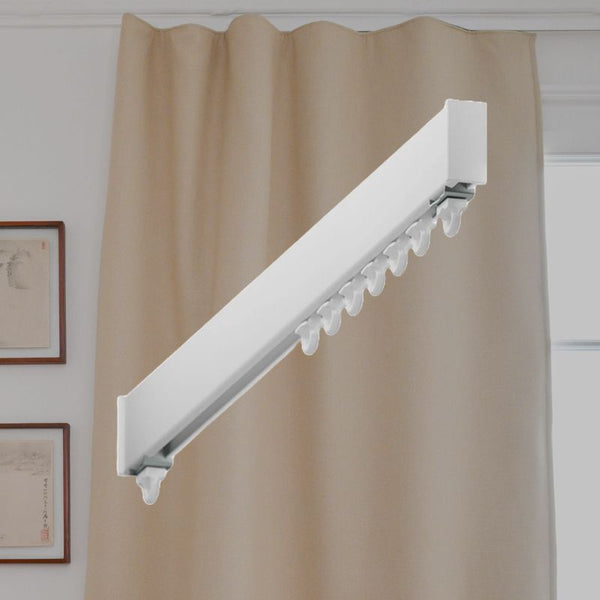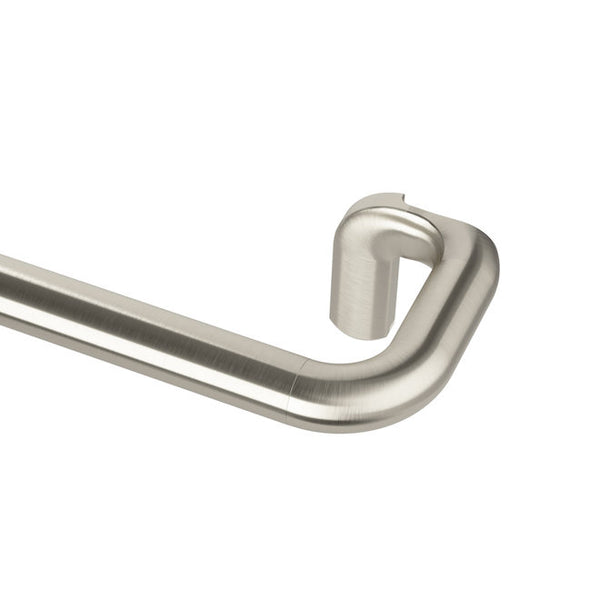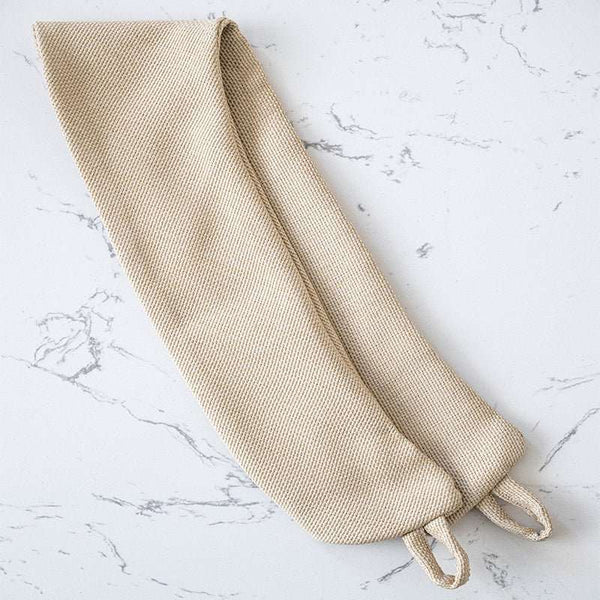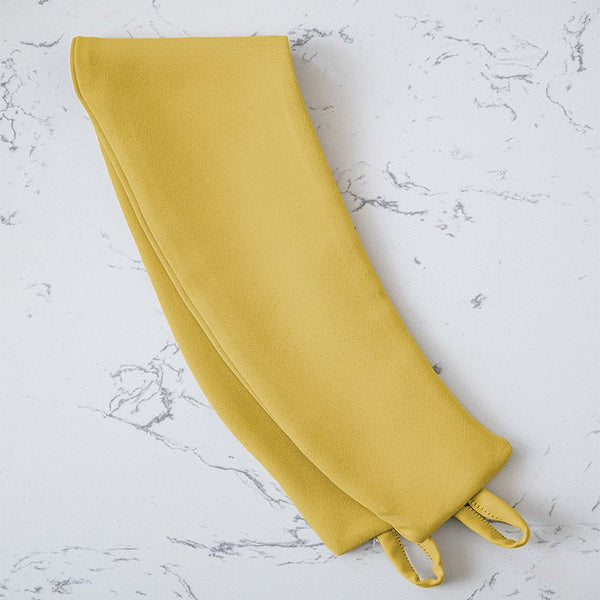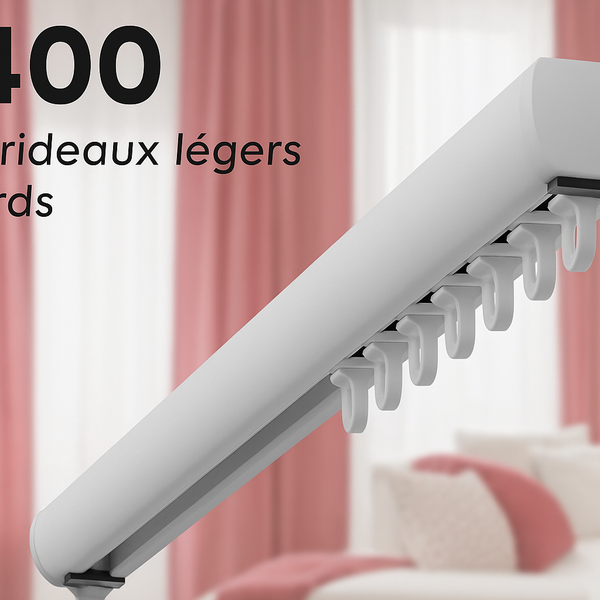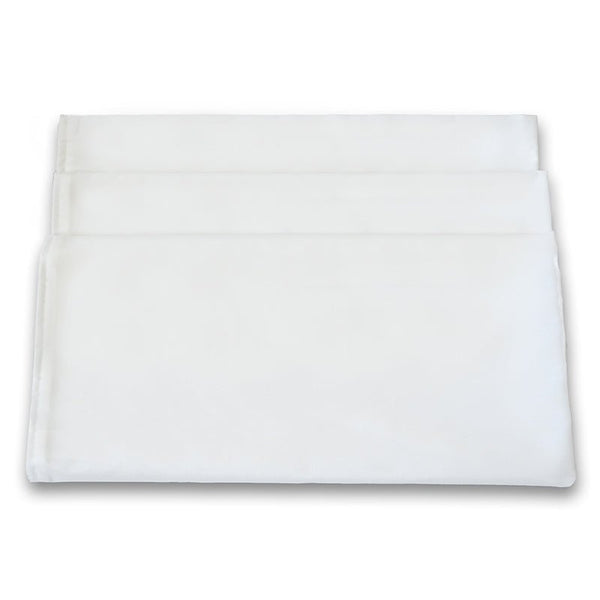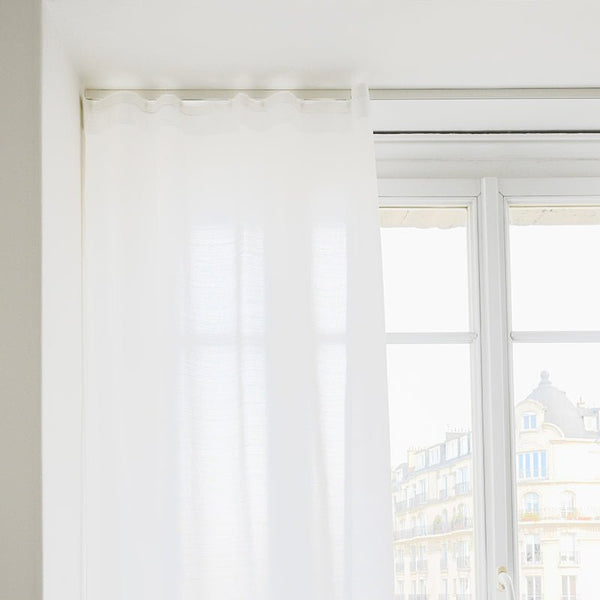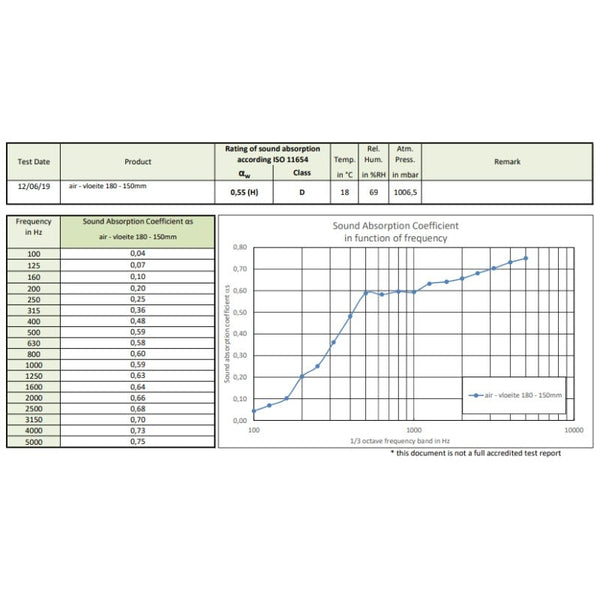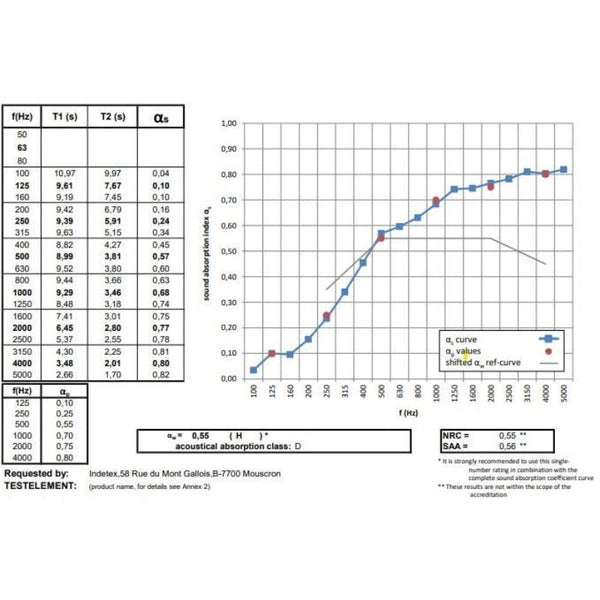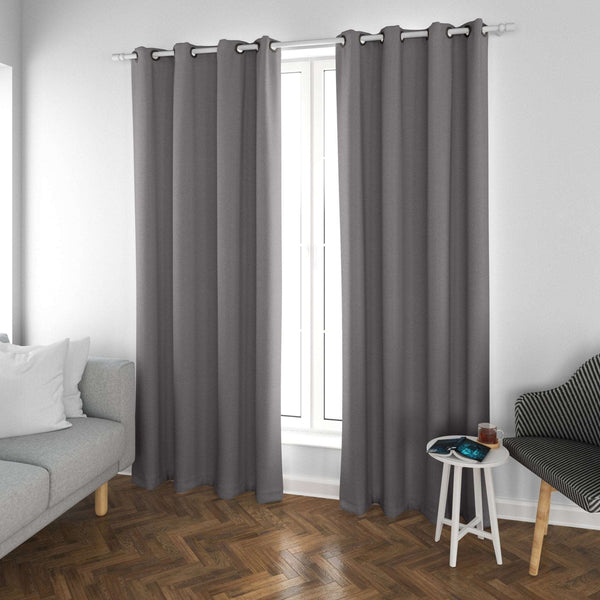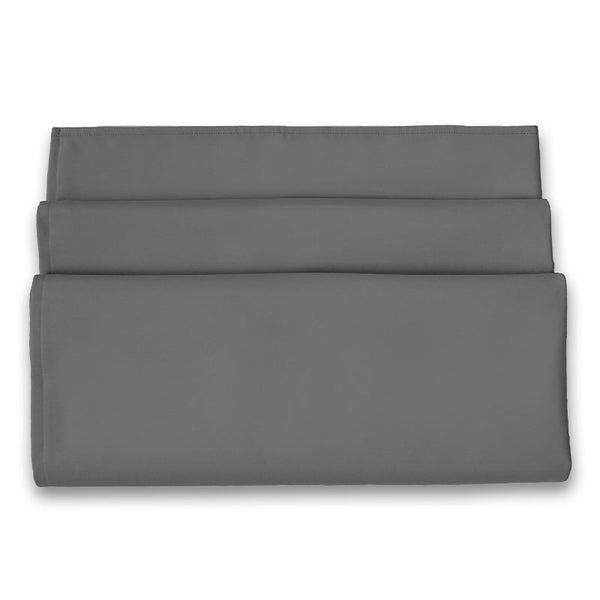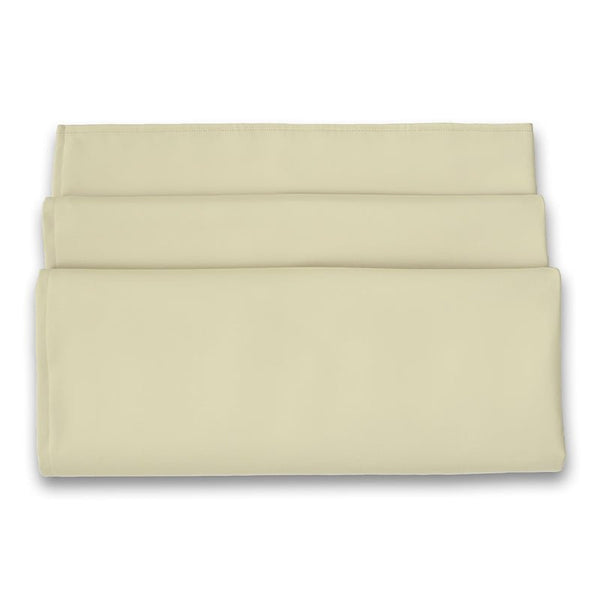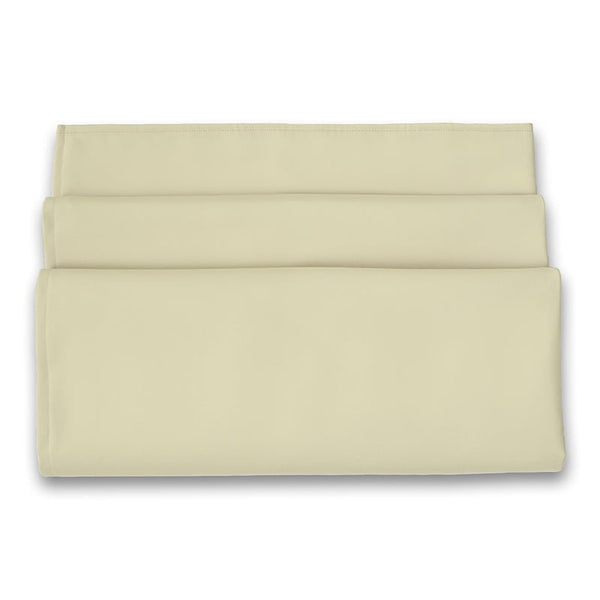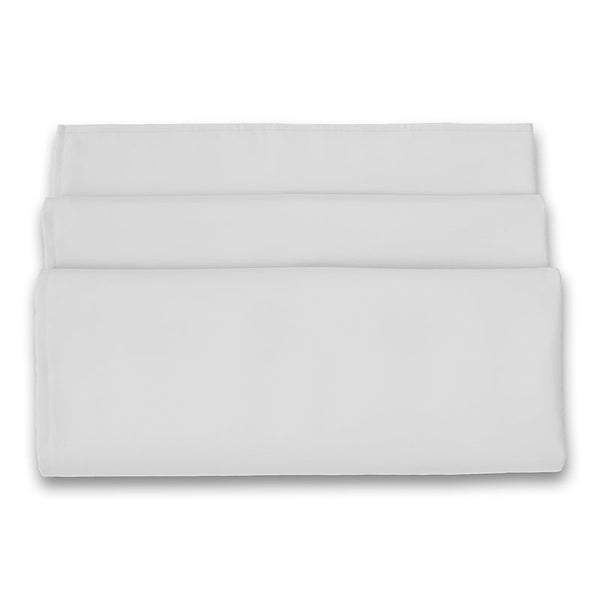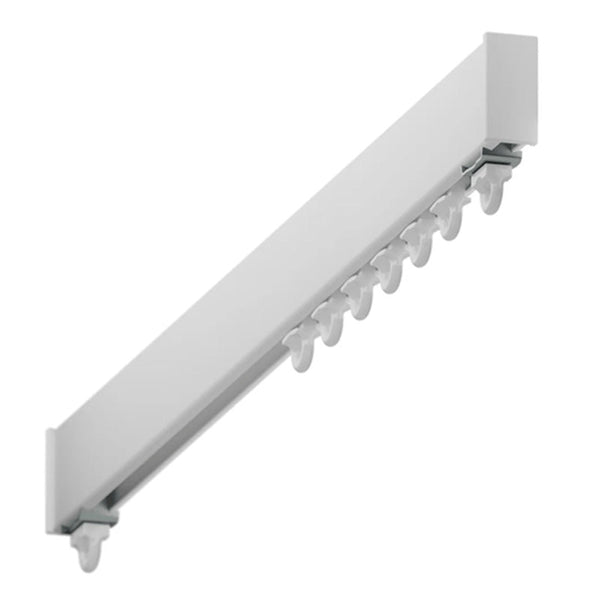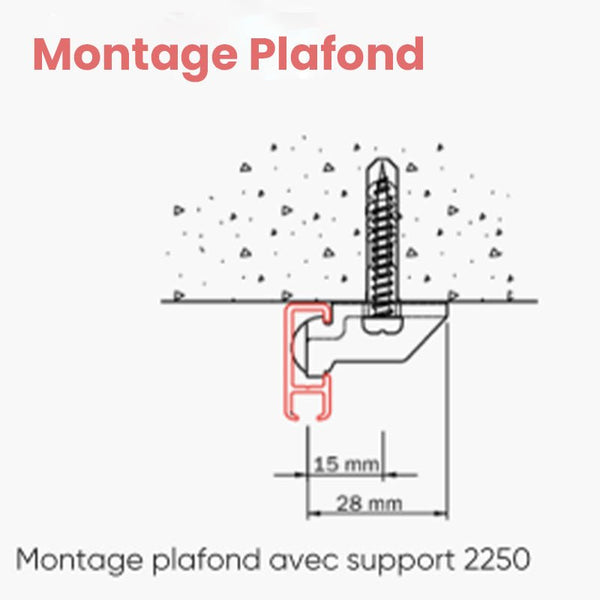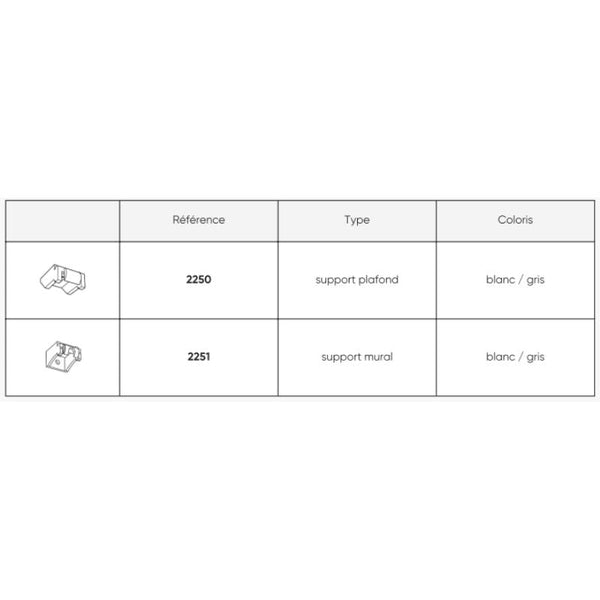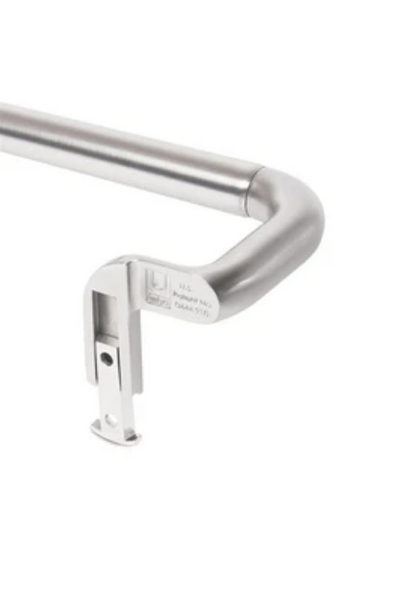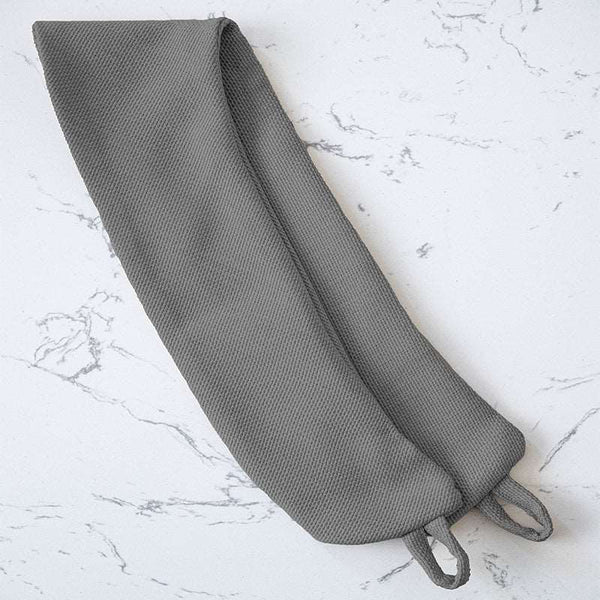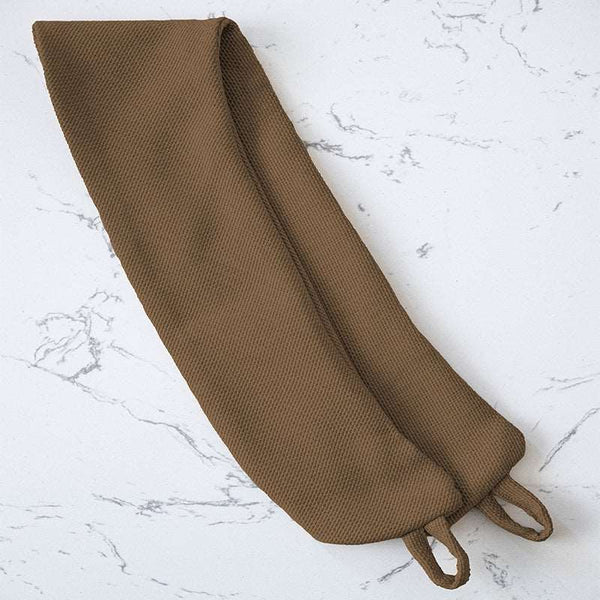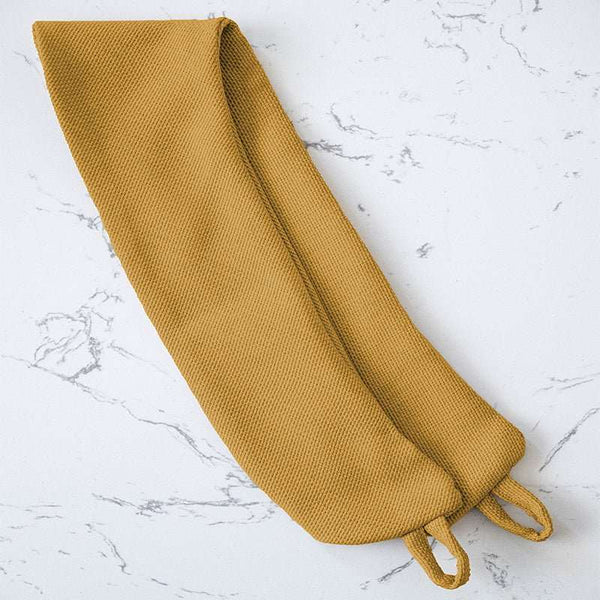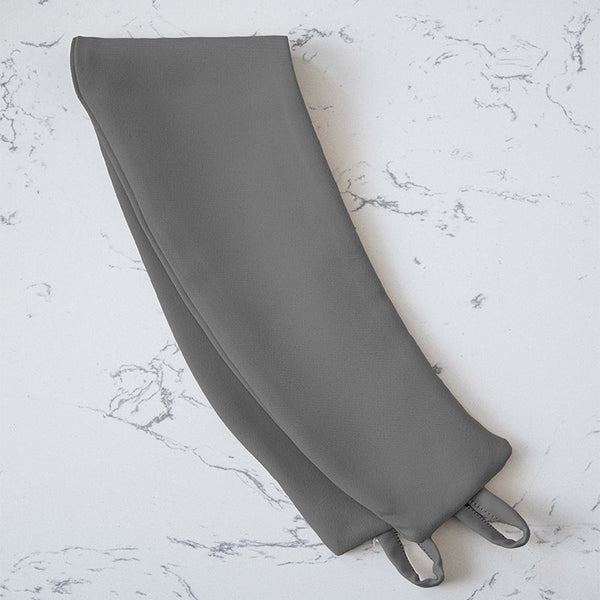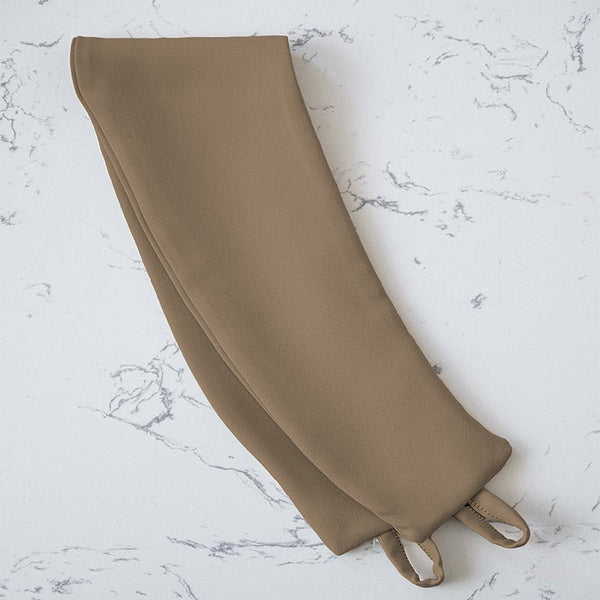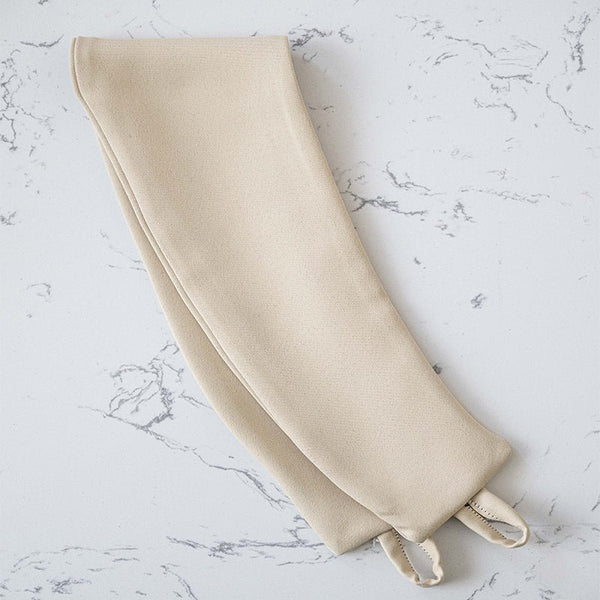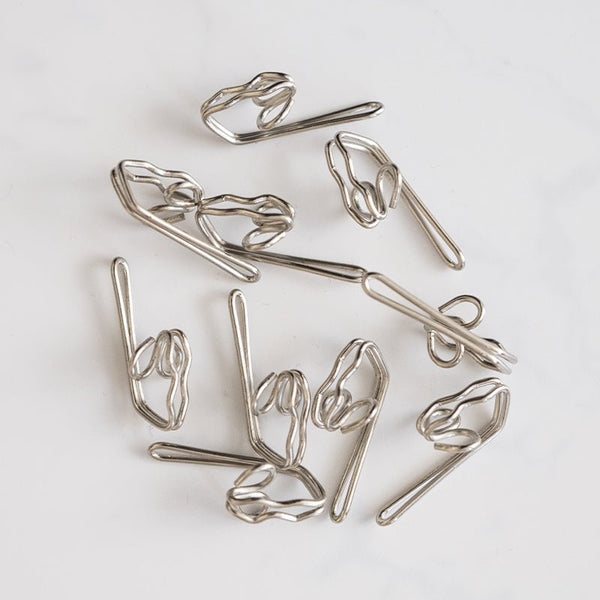Thermal curtains are much more than a simple interior design element. They play a crucial role in the thermal and acoustic insulation of rooms. By reducing heat loss in winter and blocking out excessive heat in summer, these curtains enable significant savings on energy bills, while improving domestic comfort. To maintain their energy efficiency, it's essential to maintain them properly. This article aims to guide you through the best practices for washing your thermal curtains, to extend their life and retain their insulating properties.
Washing preparation
Check manufacturer's instructions
Before washing your thermal curtain, always consult the manufacturer's instructions. This valuable information helps to avoid washing errors that can damage the fabric or reduce the effectiveness of the thermal lining. Some curtains may require professional cleaning or specific washing methods. Following the manufacturer's recommendations is the first step in ensuring that your curtains remain in good condition and continue to provide the thermal insulation benefits.
Gather the necessary materials
It's crucial to collect all the necessary items before you start washing. Here's what you'll need:
- mild detergent for delicate fabrics ;
- soft bristle brush for stain pre-treatment ;
- basin of lukewarm water if you choose to wash by hand;
- laundry net for protection if you choose machine washing.
These items will help ensure that washing is carried out efficiently and without damaging the fabric.
Spot pre-treatment
Before washing, we recommend pre-treating stubborn stains to keep your thermal curtain effective. Using a soft bristle brush, gently apply a small amount of mild detergent directly to the stains. Leave the detergent to work for a few minutes for best results. Then rinse treated areas with lukewarm water to remove soap residue before moving on to the full wash.
Machine washable
Selecting the right program
To machine-wash your thermal curtains, it's essential to choose the right wash cycle. A low-temperature delicate cycle, generally recommended at 30°C, is the safest option. This helps preserve the curtain's fibers and insulating properties, while avoiding exposure to high temperatures that could cause irreversible damage.
Use of suitable detergents
Use a mild detergent, ideally formulated for delicate fabrics. Avoid harsh bleaches or chemical additives that could damage the fabric and reduce the effectiveness of the thermal lining. Mild detergents protect not only fabric fibers, but also colors, ensuring that your curtains remain attractive and functional for longer.
Techniques to avoid shrinkage
Shrinkage is a common problem when machine-washing thermal curtains. To avoid this, don't overload your washing machine. Use a laundry net to protect the fabric from tangling, reducing the risk of warping or shrinkage. Particular care must be taken not to stretch or distort the curtain during the washing and drying process.
Hand wash
Advantages of hand washing
Hand washing is often gentler on thermal curtains, reducing the risk of damage to the fabric and thermal lining. It also allows more precise control of areas requiring special attention, such as specific stains or fringed edges. Hand-washing also offers the advantage of minimizing the risk of shrinkage and deformation, ensuring that curtains remain the right size and retain their insulating capacity.
Detailed steps for effective manual washing
- Fill a basin with lukewarm water, large enough to completely immerse the curtains;
- add a small amount of mild detergent, dissolving well before immersing the curtains;
- submerge the curtains and gently rub the stained areas with your hands or a soft bristle brush;
- leave to soak for 15 to 20 minutes. This allows the detergent to work and dislodge any encrusted dirt;
- Rinse with plenty of cold water to remove any soap residue. Make sure the rinse water is clear to avoid soap build-up on the fabric.
Drying curtains after washing
After washing, gently wring out the thermal curtains without twisting them, to avoid distorting the fabric. Allow to drain on a flat surface before hanging to dry. Air-drying is recommended to preserve the shape and integrity of the fabric fibers. Make sure curtains are well laid out and out of direct sunlight to avoid discoloration.
Drying techniques
Air drying
Air-drying is often the best option for thermal curtains. Lay them out on a flat surface or hang them from a rod to avoid wrinkling and distortion. Make sure the drying area is well ventilated and out of direct sunlight, which can cause fading and premature fabric deterioration.
Using a tumble dryer: precautions to take
If you must use a tumble dryer, opt for a low-temperature program to minimize the risk of shrinkage and fiber damage. Monitor the drying cycle and remove curtains as soon as the cycle is complete to avoid wrinkling. Prolonged drying at high temperatures can damage the insulating properties and texture of the fabric.
Ironing and repositioning
Once the curtains are dry, iron them if necessary, following the manufacturer's recommendations. Use a low-temperature iron, and avoid touching the thermal lining directly to avoid damaging it. Then put them back in place to take full advantage of their energy efficiency and aesthetic appearance. Proper ironing helps to eliminate wrinkles and restore curtains' clean appearance.
Regular maintenance to extend curtain life
Tips for regular maintenance
To prolong the life of your thermal curtains, regular maintenance is essential. Dust frequently with a low-power vacuum cleaner or soft brush. This helps prevent the build-up of dust and dirt, which can dull the fabric and reduce its insulating efficiency. Regular care and proper laundering will ensure that your curtains retain their appearance and insulating properties for longer.
Recommended washing frequency
We recommend washing your thermal curtains at least twice a year. However, this frequency can be adapted according to geographical area and air pollution levels. For example, in urban areas with high levels of pollution, curtains may need to be washed more frequently. Similarly, households with pets or smokers may find that they need more washing to keep curtains clean and efficient.
Tips to prevent dust accumulation
To minimize dust build-up on your thermal curtains, here are a few practical tips:
- use quality curtain rods for optimum support and proper hanging of curtains;
- Avoid exposing your curtains to prolonged direct light to prevent fading and premature fiber deterioration;
- Ventilate your home regularly to reduce humidity and dust. This also helps keep the air in your home fresh and clean;
- use dust protection, such as curtains or blinds, to complement your thermal curtains and limit direct exposure to dirt and contaminants.
For quality thermal and acoustic curtains, trust Nokomis
For quality thermal and acoustic curtains, trust Nokomis. Our products are designed to offer optimum performance in terms of thermal and acoustic insulation, while adding an elegant touch to your interior. By following our care instructions, you can be sure that your curtains will remain effective and attractive for many years to come. Discover our range of thermal curtains on our website and benefit from Nokomis' expertise to improve the comfort of your home while saving energy. If you have any questions or need personal advice, please don't hesitate to contact our team. We're here to help you get the most out of your thermal curtains.
